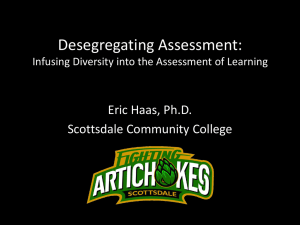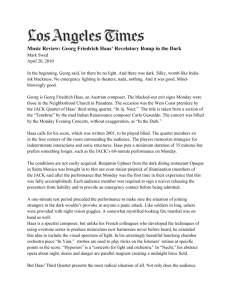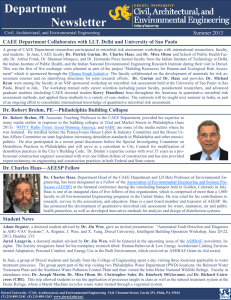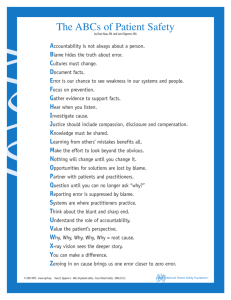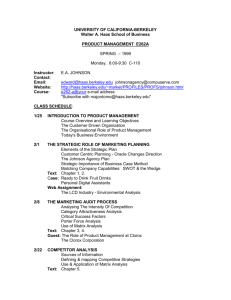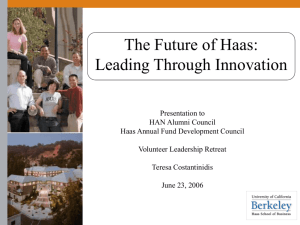No Looking Back: Christopher Haas
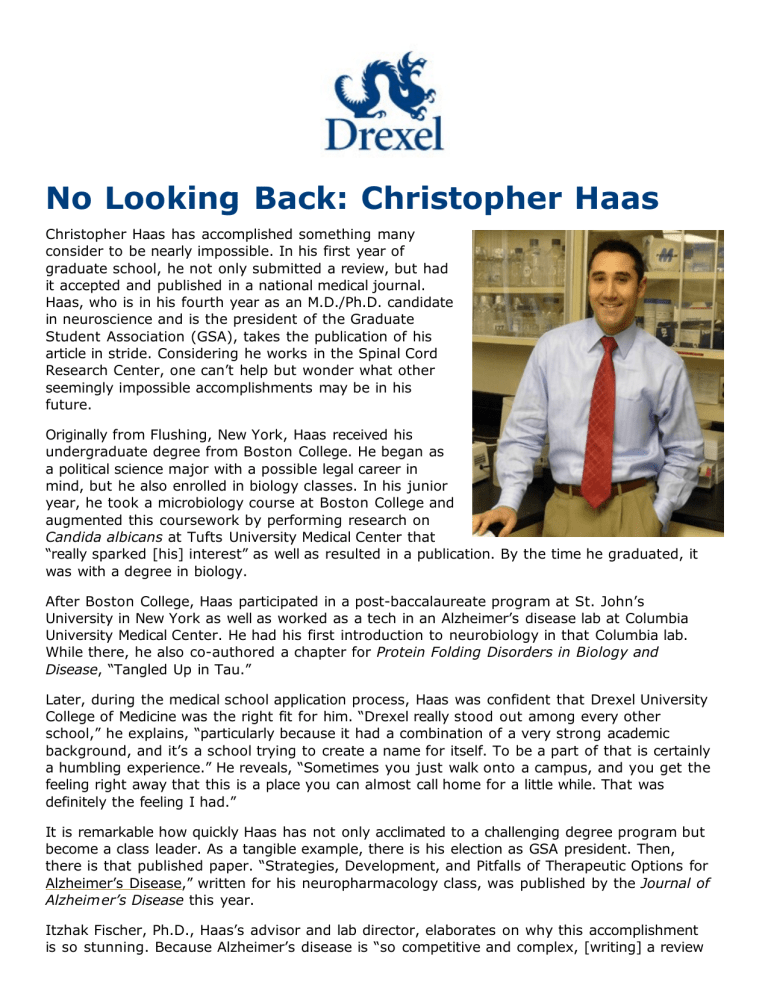
No Looking Back: Christopher Haas
Christopher Haas has accomplished something many consider to be nearly impossible. In his first year of graduate school, he not only submitted a review, but had it accepted and published in a national medical journal.
Haas, who is in his fourth year as an M.D./Ph.D. candidate in neuroscience and is the president of the Graduate
Student Association (GSA), takes the publication of his article in stride. Considering he works in the Spinal Cord
Research Center, one can’t help but wonder what other seemingly impossible accomplishments may be in his future.
Originally from Flushing, New York, Haas received his undergraduate degree from Boston College. He began as a political science major with a possible legal career in mind, but he also enrolled in biology classes. In his junior year, he took a microbiology course at Boston College and augmented this coursework by performing research on
Candida albicans at Tufts University Medical Center that
“really sparked [his] interest” as well as resulted in a publication. By the time he graduated, it was with a degree in biology.
After Boston College, Haas participated in a post-baccalaureate program at St. John’s
University in New York as well as worked as a tech in an Alzheimer’s disease lab at Columbia
University Medical Center. He had his first introduction to neurobiology in that Columbia lab.
While there, he also co-authored a chapter for Protein Folding Disorders in Biology and
Disease, “Tangled Up in Tau.”
Later, during the medical school application process, Haas was confident that Drexel University
College of Medicine was the right fit for him. “Drexel really stood out among every other school,” he explains, “particularly because it had a combination of a very strong academic background, and it’s a school trying to create a name for itself. To be a part of that is certainly a humbling experience.” He reveals, “Sometimes you just walk onto a campus, and you get the feeling right away that this is a place you can almost call home for a little while. That was definitely the feeling I had.”
It is remarkable how quickly Haas has not only acclimated to a challenging degree program but become a class leader. As a tangible example, there is his election as GSA president. Then, there is that published paper. “Strategies, Development, and Pitfalls of Therapeutic Options for
Alzheimer’s Disease,” written for his neuropharmacology class, was published by the Journal of
Alzheim er’s Disease this year.
Itzhak Fischer, Ph.D., Haas’s advisor and lab director, elaborates on why this accomplishment is so stunning. Because Alzheimer’s disease is “so competitive and complex, [writing] a review
is difficult,” especially considering Haas published in his first year, a time when many graduate students are still getting their bearings. Dr. Fischer states that it typically takes students two to three years to publish their first paper. “Even experienced investigators have to cope with a huge amount of information and bias to really be objective,” he adds. The paper was vetted by five reviewers, which is another testament to its solid standing.
Clearly, writing is a strength for Haas. Fischer identifies this attribute as one of the qualities that makes him a standout M.D./Ph.D. candidate. He also praises Haas’s technical skills and ability to work independently as assets in his lab. In the lab, “you have to be able to integrate a lot of information,” he says — something Haas is able to do nimbly.
Haas also enjoys working in the Fischer lab, out of which his thesis work has developed. For this study, he is using cellular transplantations in rodents with spinal cord injury. Specifically, he is examining whether “glial restricted precursors have the ability to modify the injury environment, in order to allow for the regrowth of endogenous neurons that were damaged during the injury process, and the ability of the endogenous neurons to connect to functional targets.” He and his colleagues have published a paper based on their findings in Experim ental
Neurology. Haas says, “As of yet, nobody has cured spinal cord injury, but there are hints that we may be able to at least project regrowing neurons to their targets.” Fischer observes,
“Chris has the talent to make that project into something successful.”
If Haas returns to the Fischer lab following the completion of his Ph.D., he will be able to continue this work. At that point, the study may be entering phase one of clinical trials. Haas is excited by this prospect, observing, “Research has been at the forefront of every major medical discovery for the past 100 years.”
Haas’s dedication to research and discovery is complemented by his interest in patient care.
“It’s very easy to get caught up with reading papers and trying to discover a drug that might modify a certain effect or what protein is involved in a certain pathway,” Haas says. “A lot of times when you’re doing that, there’s a tendency to be so focused on that, you lose sight of what the research is really done for: it’s done for the patient population. It’s an extremely exciting experience to see that the research you could be doing has a face to it.”
Haas says he can’t imagine doing anything else. “I love coming in to work. I get to discover new things every day.” Part of that excitement comes from being able to help create a powerful
“Drexel brand name.” He also credits the GSA with helping to build this academic reputation by providing funding for students to attend national conferences. At these conferences, students, such as Haas, are able to showcase their work as well as network with both alumni and other esteemed physicians.
Further highlighting the College’s strengths, Haas observes, “Students and professors truly understand that being at a university, being at a medical school, is more than just academic.
It’s having the individual grow, not only as a scientist, but also as a person. One of the things I recognized early on from my interviews at Drexel was that this is something Drexel’s really trying to promote. Its selection of its students really represents that fact.
“I wanted to come to Drexel so bad I applied two years in a row,” he laughs. “The first year they put me on the wait-list. The second year they finally took me in. As soon as I got that acceptance, there was no looking back.”
Considering Haas’s remarkable track record in his first few years at the College of Medicine, this seems to be an accurate assessment.
© Copyright 2013 - Drexel - All Rights Reserved.
